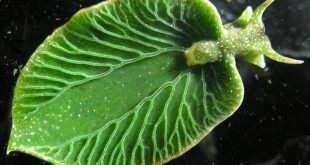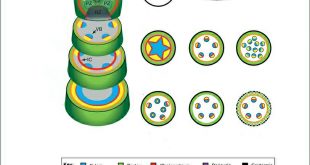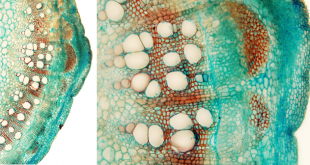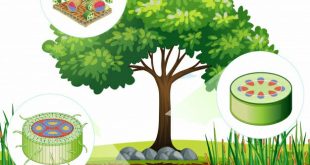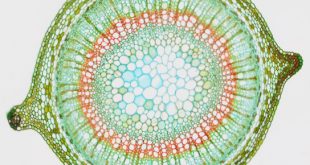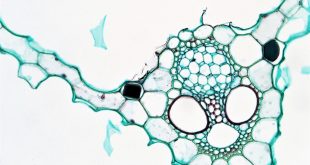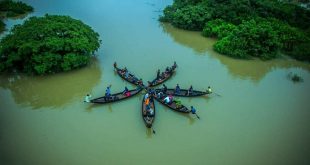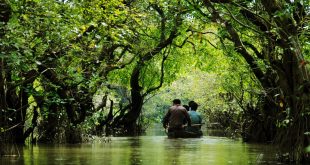Hydrangea is one of the world’s most popular ornamental flowers that conceals a bouquet of biological and biochemical surprises. The iconic “snowball” shaped blooms of Hydrangea macrophylla show magical color variation from soil to soil. In this article, incredibly interesting facts about the natural pH indication and color variation of …
Read More »Elysia chlorotica: The Solar-Powered Half Animal, Half Plant Sea Slug
When we think of animals and plants, we have a pretty good way of dividing them into two distinct groups: one converts sunlight into energy and the other has to eat food to make its energy. Well, those dividing lines come crashing down with the discovery of a sea slug …
Read More »Root-Stem Transition
The change in arrangement of vascular tissues of roots having separate strands of phloem and xylem with exarch protoxylem to collaterally placed phloem and xylem with endarch protoxylem of stem is commonly referred to as root–stem transition. In higher plants root and shoot form a continuous axial structure. In this article, The Transition of Root and Stem …
Read More »Secondary Growth of Dicot Stem and Root
Secondary growth is characterized by an increase in thickness or girth of the plant. It is caused by cell division in the lateral meristem. Herbaceous plants mostly undergo primary growth, with little secondary growth or increase in thickness. Secondary growth is initiated by the activity of the vascular cambium as …
Read More »Primary Structure: Dicotyledonous, Monocotyledonous Root & Leaf
Root is the underground part of a vascular plant and Leaf is the flattened outgrowth from stem of a vascular plant. In this article, the Primary structure of Root and Leaf will be discussed in detail. Primary Structure of Dicot Root The root of Dicot plants usually consists of Epidermis, …
Read More »Primary Structure: Dicotyledonous & Monocotyledonous Stem
The part of the axis of the plant which is usually ascending and aerial in nature, and also bears the leaves and reproductive structures is called the stem. The stem together with the leaves which it bears constitute the shoot. It is composed of three tissue systems that include the …
Read More »Meristematic Classification & Theory
Meristematic tissue is the plant tissue that has the ability to divide actively throughout its life. It consists of undifferentiated cells capable of cell division. Apical Meristamatic tissue is one kind of meristem which stays at the tip of a plant shoot or root and causes the shoot or root to …
Read More »Ratargul Swamp Forest: The Green Mystery & Discussion Of Plants (Part 2)
Ratargul Swamp Forest is the only swamp forest located in Bangladesh and one of the few freshwater swamp forests in the world. In the previous article, it’s Geography, Ecosystem & Diversity had been discussed. In this one, some of the beauty enhancer and beneficial trees of Ratargul will be discussed in …
Read More »Ratargul Swamp Forest: The Green Mystery & Discussion Of Plants (Part 1)
Ratargul Swamp Forest is a freshwater swamp forest located in Gowain River, Fatehpur Union, Gowainghat, Sylhet, Bangladesh. It is the only swamp forest located in Bangladesh and one of the few freshwater swamp forests in the world. The forest is naturally conserved under the Department of Forestry, Government of Bangladesh. …
Read More »Methods Of Vegetation: Quantitative
Methods of Calculation of Quantitative Data Quantitative data for individual species is calculated by the following methods: 1) Frequency = Number of sampling units in which the species occurred/Total number of sampling units studied Relative frequency = Frequency of a sp./Total frequency of all spp. X 100 2) Density …
Read More » Plantlet The Blogging Platform of Department of Botany, University of Dhaka
Plantlet The Blogging Platform of Department of Botany, University of Dhaka

